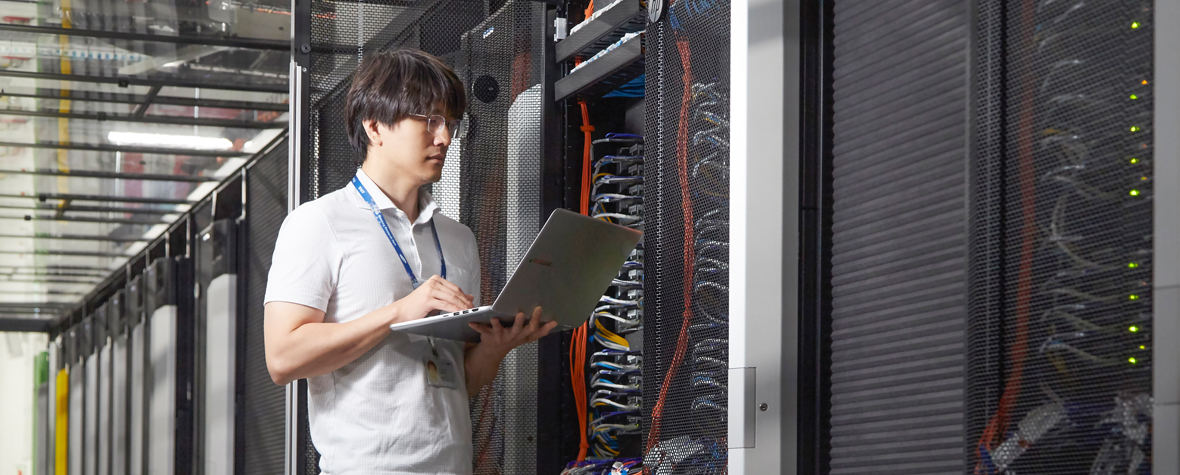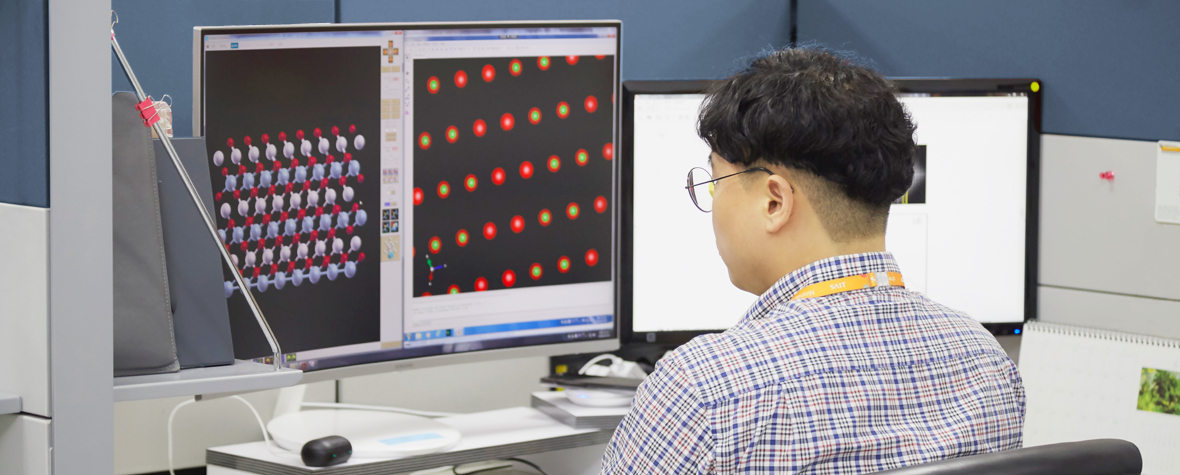
Computational science utilizes physics-based and data-driven models to tackle fundamental problems in science and engineering by leveraging high-performance computing infrastructure, and it is playing an increasingly important role in both materials discovery and system design. Atomic-level modeling from first principles and molecular dynamics provide microscopic descriptions and deep insights into materials far beyond what analytical science or experimental observations can elucidate. Engineering simulations utilizing multi-physics and multi-scale models based on continuum-level physical laws can predict device and system level performance and can be powerful tools in the development process. Data-driven modeling analyzes correlations and relationships latent in each scale and plays a complementary role to the physic-based approaches by providing fundamental understanding or direct solutions.

Computational approaches are now extensively used in physical science and device engineering. Recently, with the advent of high-performance computing and artificial intelligence, the traditional trial-and-error approaches have now morphed into more efficient and intelligent methods. Computing power has increased by hundreds of times every ten years through device scaling and massive parallelization, and this increased power makes it possible to build huge databases of simulation results faster than ever. Machine learning can then be used to discover hidden relationships inherent in the complex data sets and to propose novel solutions to meet performance targets. Computational and information sciences and high-performance computing have combined synergistically to allow industries to innovate in ways that were previously unimaginable.

Computational science at SAIT aims to study and resolve cutting-edge issues that arise from experimental studies or from extrapolation of future technology development. To achieve this, basic fundamental technologies on related to physics-based and data-driven modeling are being developed in a cooperative manner by researchers in various fields such as chemistry, physics, materials science, and computer science, and SAIT is continually expanding into new technical application areas. One representative technique that is a current focus area in SAIT is the inverse-design of materials that seeks to directly predict the material structures that will result in a given set of target properties.